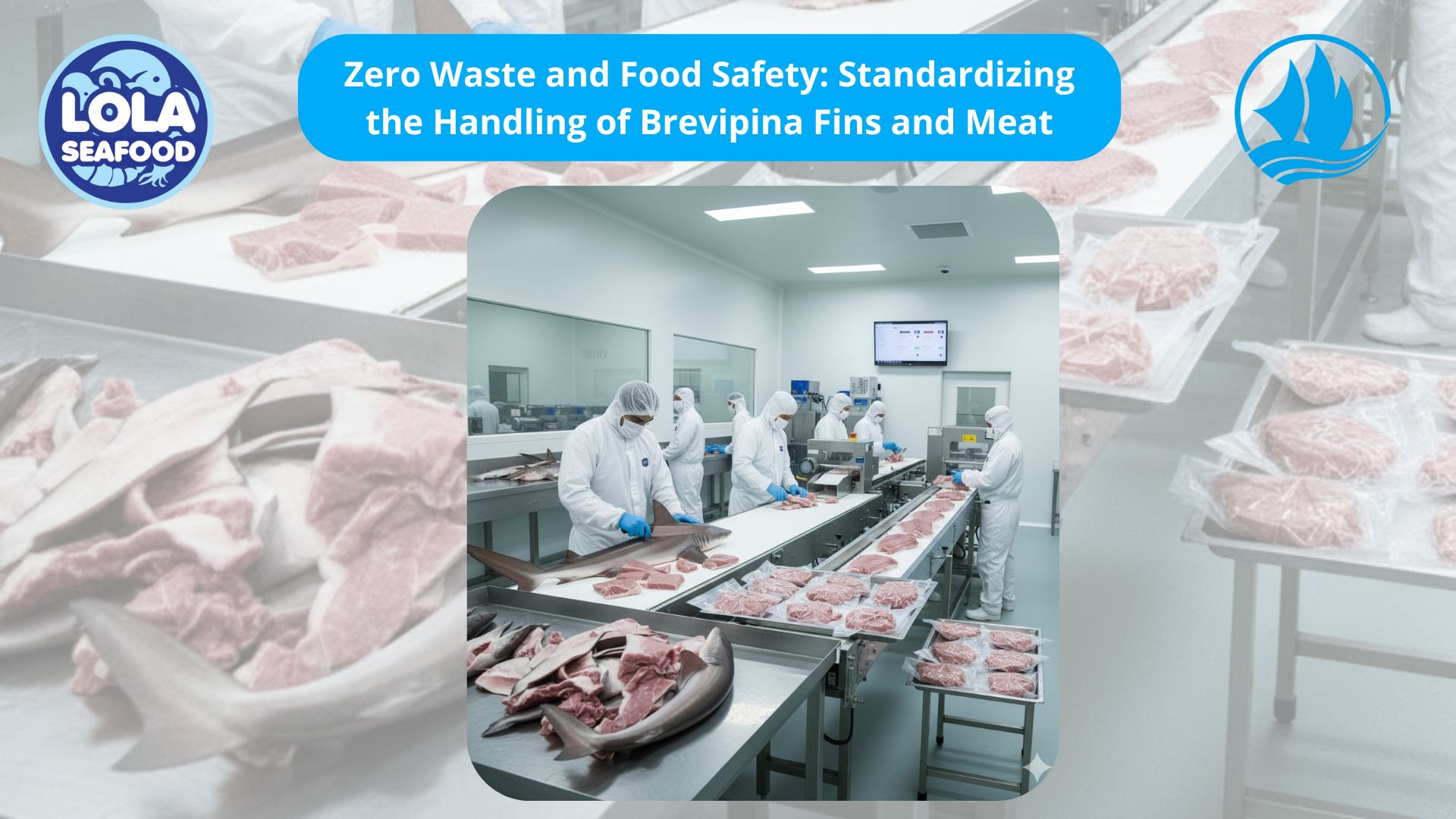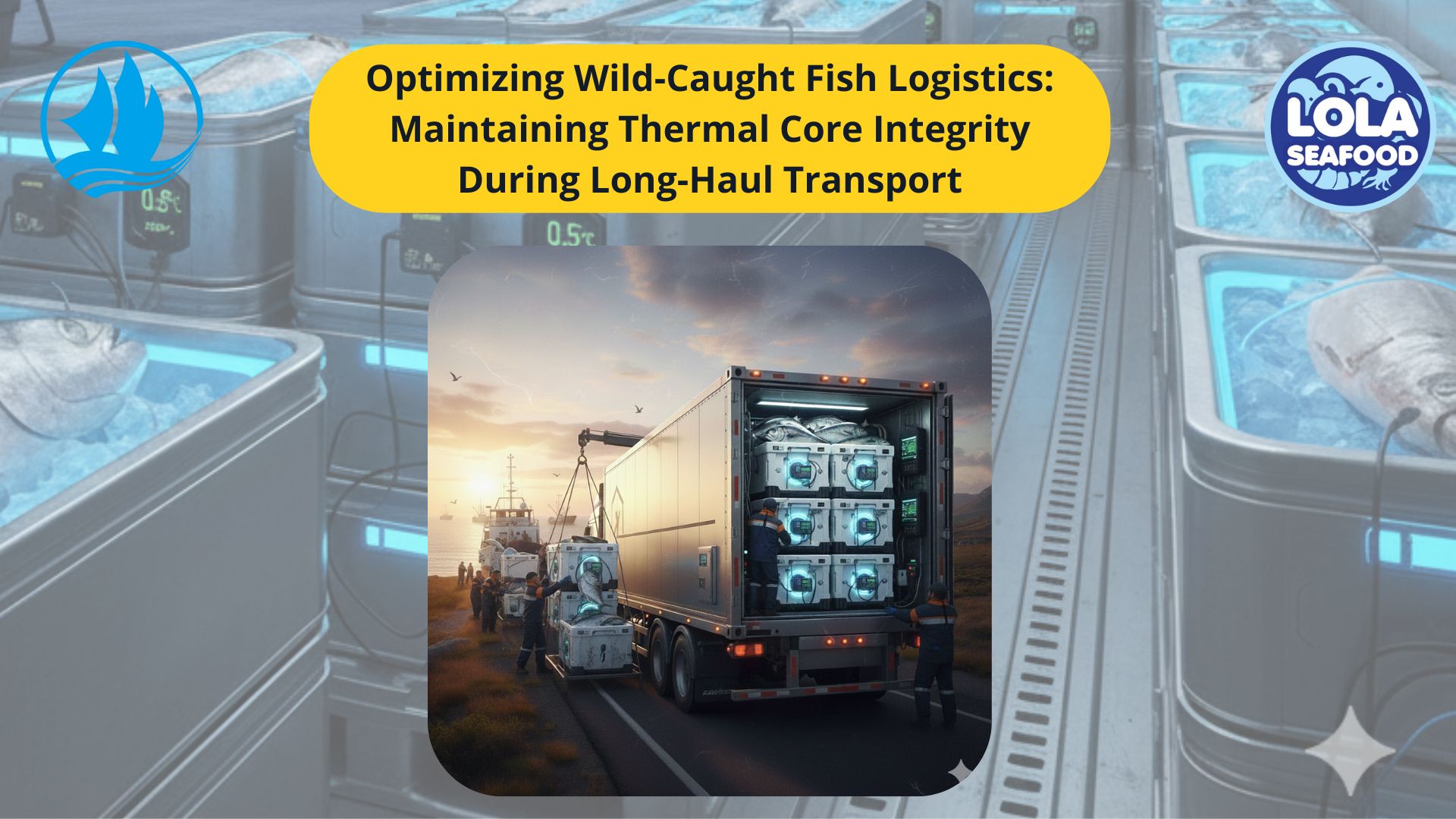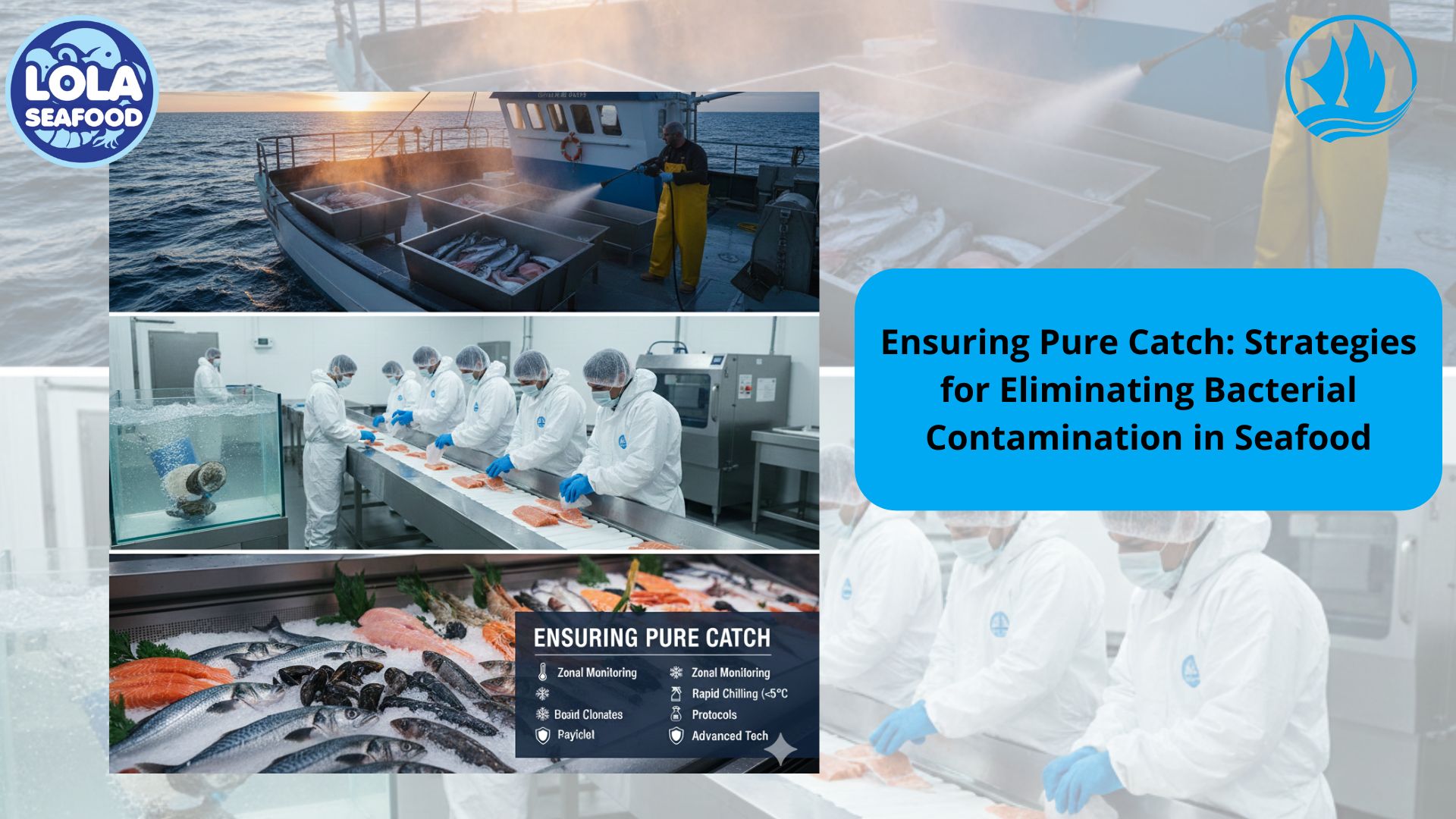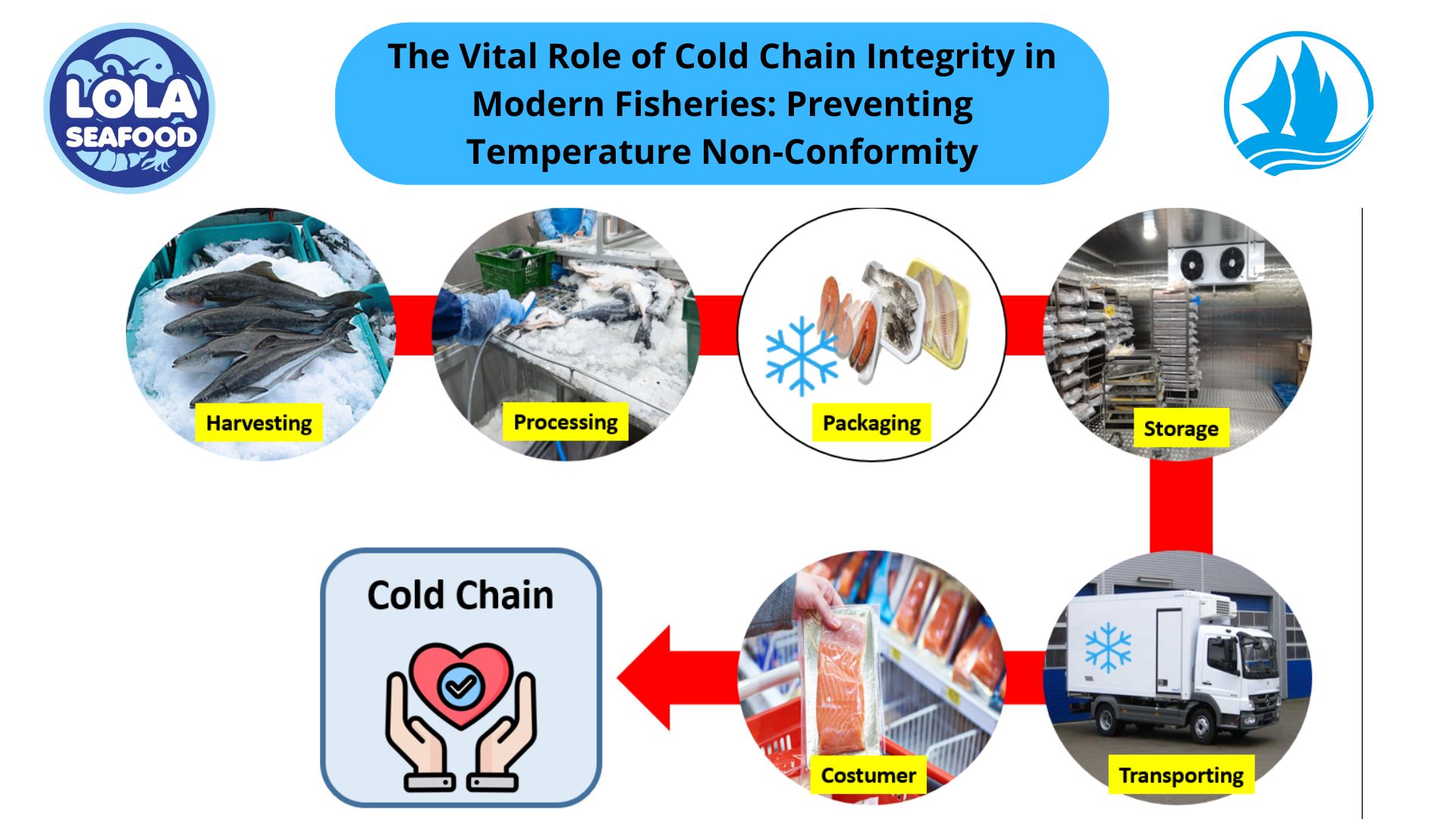How Vacuum Packaging Reduces Contamination Risks in the Fishing Industry
By. Fajar - 29 Aug 2025.jpg)
Kelolalaut.com In the modern seafood industry, ensuring product safety and maintaining freshness are the two most important goals. Consumers expect fish products to be not only delicious but also safe for consumption. Within the framework of Hazard Analysis and Critical Control Points (HACCP), one essential method that has gained widespread use is vacuum packaging. This technique plays a significant role in reducing contamination risks while extending the shelf life of fish and seafood products.
Understanding the Basics of Vacuum Packaging
Vacuum packaging involves removing air—particularly oxygen—from the packaging before sealing. The absence of oxygen creates an environment that slows down the growth of aerobic microorganisms such as bacteria and molds, which are primary contributors to food spoilage. For the fishing industry, where products are highly perishable, vacuum packaging offers an effective barrier against both physical and microbial hazards.
By sealing fish in airtight conditions, processors can maintain the natural flavor, texture, and nutritional value of the product. This method not only supports food safety but also enhances product quality, which aligns directly with HACCP principles.
The Role of Vacuum Packaging in HACCP
HACCP is a preventive system designed to identify and control potential hazards in food processing. In fish processing plants, contamination risks may arise from various sources: handling, equipment, storage, or distribution. Vacuum packaging addresses these concerns by creating a controlled environment that minimizes opportunities for contamination.
In the context of HACCP, vacuum packaging can be viewed as a Critical Control Point (CCP). By standardizing vacuum levels, seal integrity, and packaging materials, fish processors can ensure that contamination risks are significantly reduced. Any deviation, such as a broken seal or improper vacuum pressure, can be quickly identified, monitored, and corrected as part of the HACCP plan.
Reducing Microbial Contamination Risks
Fish is highly susceptible to microbial growth due to its high water activity and nutrient content. Pathogens such as Listeria monocytogenes, Clostridium botulinum, and spoilage bacteria thrive under favorable conditions. While vacuum packaging does not completely eliminate microorganisms, it effectively slows their growth by removing oxygen.
This is particularly important in preventing contamination during storage and transport. For example, Clostridium botulinum spores may survive but will not easily produce toxins in properly refrigerated vacuum-packed fish. Combining vacuum technology with cold storage creates a hurdle effect, where multiple barriers work together to ensure product safety.
Protection Against Physical and Chemical Contamination
Beyond microorganisms, vacuum packaging also reduces the risk of physical contamination. Once sealed, the fish is protected from dust, dirt, and foreign particles that could enter through open-air handling. Additionally, it prevents oxidative rancidity, a chemical process that causes unpleasant odors and taste due to exposure to oxygen. By minimizing oxidation, vacuum packaging helps preserve essential nutrients such as omega-3 fatty acids, which are a valuable selling point of seafood products.
Enhancing Shelf Life and Consumer Confidence
The fishing industry faces constant challenges in transporting products over long distances while maintaining freshness. Vacuum packaging directly supports this by extending shelf life up to several weeks under proper refrigeration. This not only reduces waste but also strengthens consumer confidence in the product’s safety and quality.
From a marketing perspective, vacuum-sealed fish communicates a sense of hygiene and professionalism. Customers associate the packaging with modern, safe, and high-quality standards, making it an important factor in consumer trust.
Implementation Challenges and Best Practices
While vacuum packaging offers many benefits, it must be implemented correctly to be effective within an HACCP framework. Some of the best practices include:
1. Regular Monitoring of Seals – Any leakage or improper sealing can compromise product safety.
2. Maintaining Cold Chain Integrity – Vacuum packaging should always be combined with refrigeration to prevent bacterial growth.
3. Using High-Quality Packaging Materials – Food-grade plastics with strong barrier properties should be used to resist punctures and maintain vacuum integrity.
4. Employee Training – Workers must be trained in hygiene practices and the correct operation of vacuum machines to ensure compliance with HACCP standards.
5.Routine Validation and Verification – As part of HACCP, packaging procedures should be regularly validated to ensure they effectively control identified hazards.
Vacuum packaging is more than just a preservation method—it is a vital component of food safety in the fishing industry. By reducing microbial, physical, and chemical contamination risks, it strengthens the effectiveness of HACCP systems and ensures seafood products reach consumers in safe and optimal condition.
For processors, integrating vacuum technology into their HACCP plan is not only a regulatory requirement but also a strategic investment in product quality and consumer trust. As global demand for seafood continues to grow, vacuum packaging will remain a cornerstone of safety and sustainability in the fishing industry.
If youre interested in our Cobia Whole Round / Whole Gilled Gutted , Cobia Fillet Skinless and Cobia Fillet Skin On please do not hesitate to contact us through email and/or Whatsapp
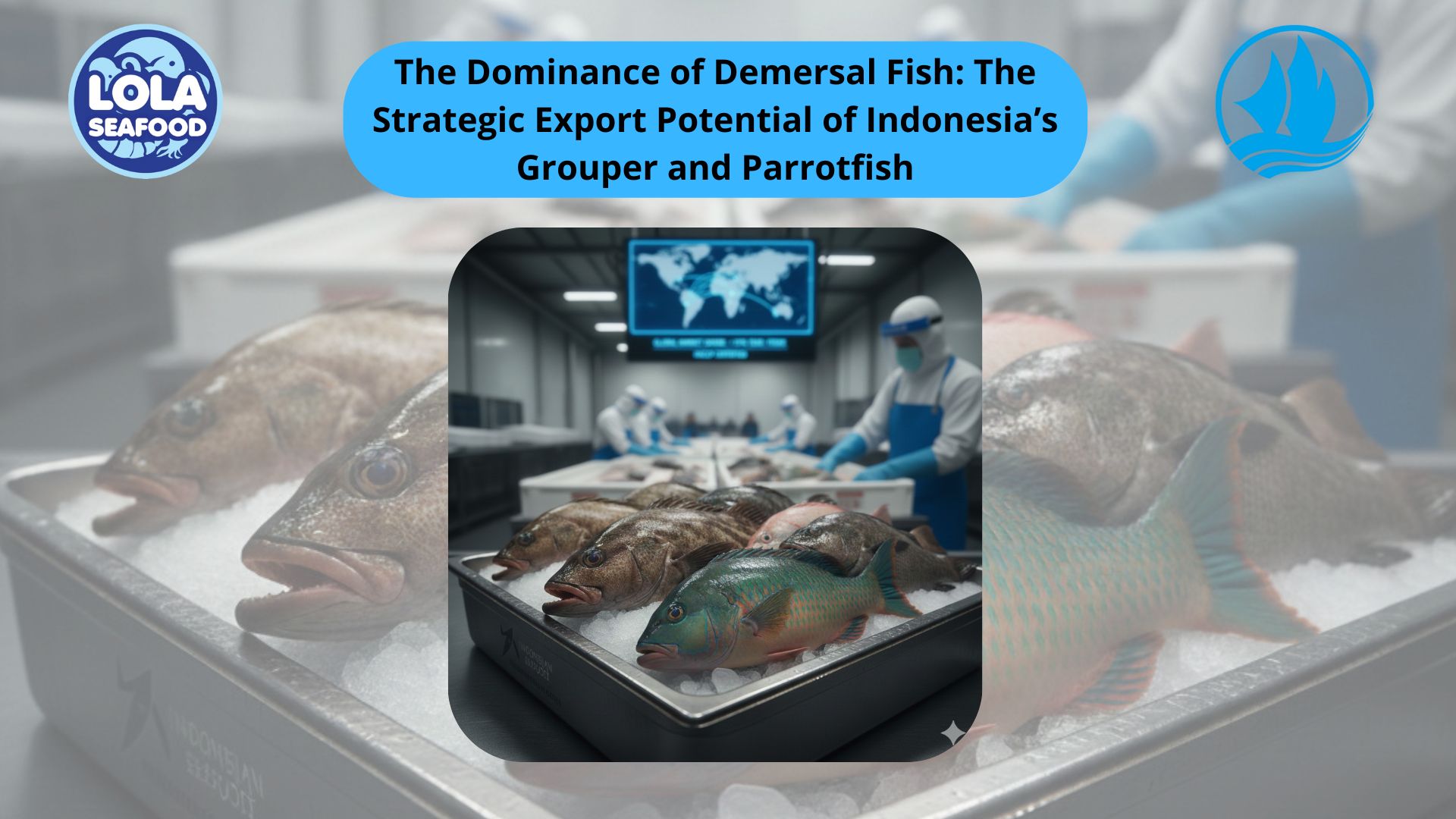
The Dominance of Demersal Fish: The Strategic Export Potential of Indonesia’s Grouper and Parrotfish
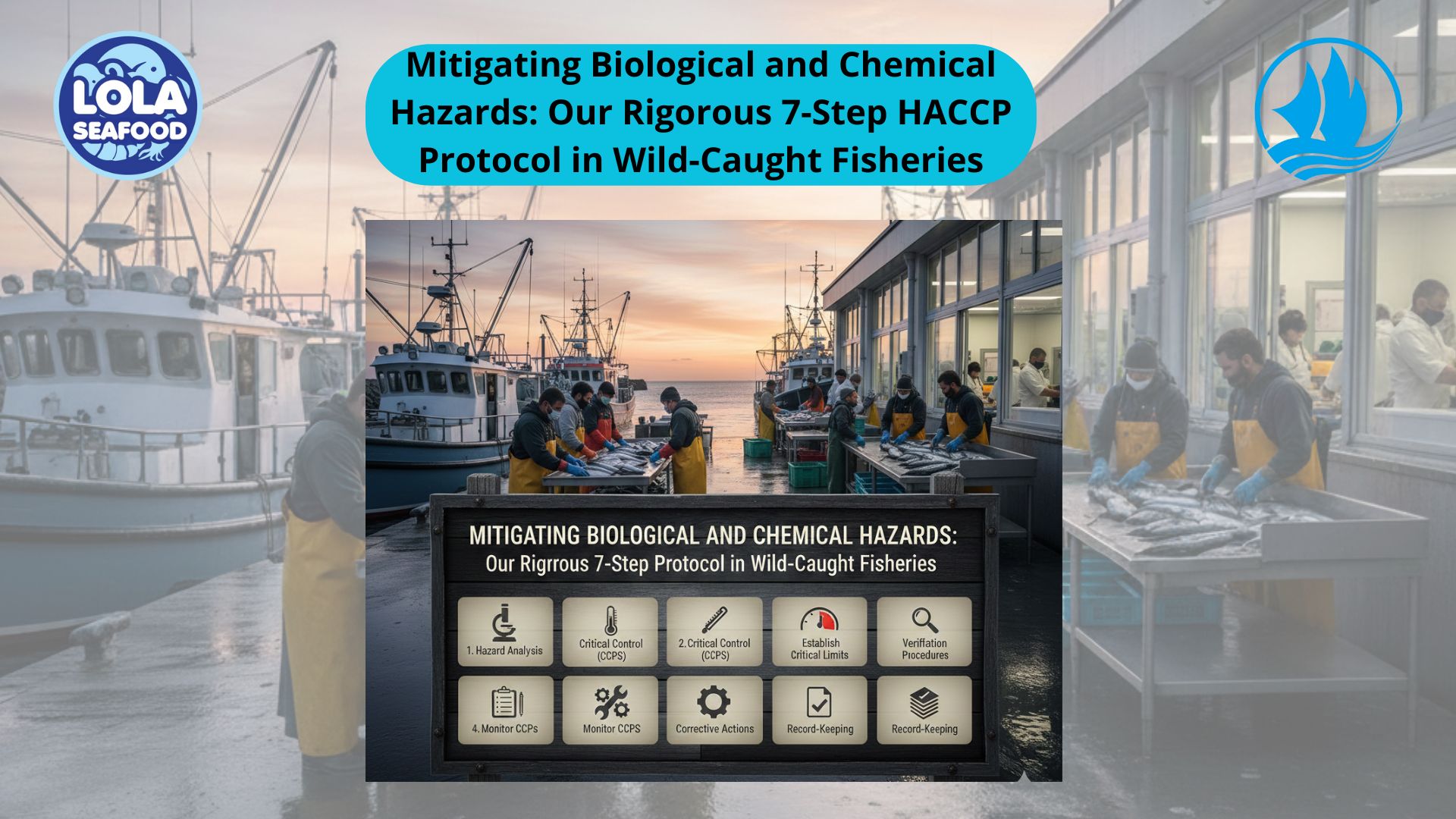
Mitigating Biological and Chemical Hazards: Our Rigorous 7-Step HACCP Protocol in Wild-Caught Fisheries
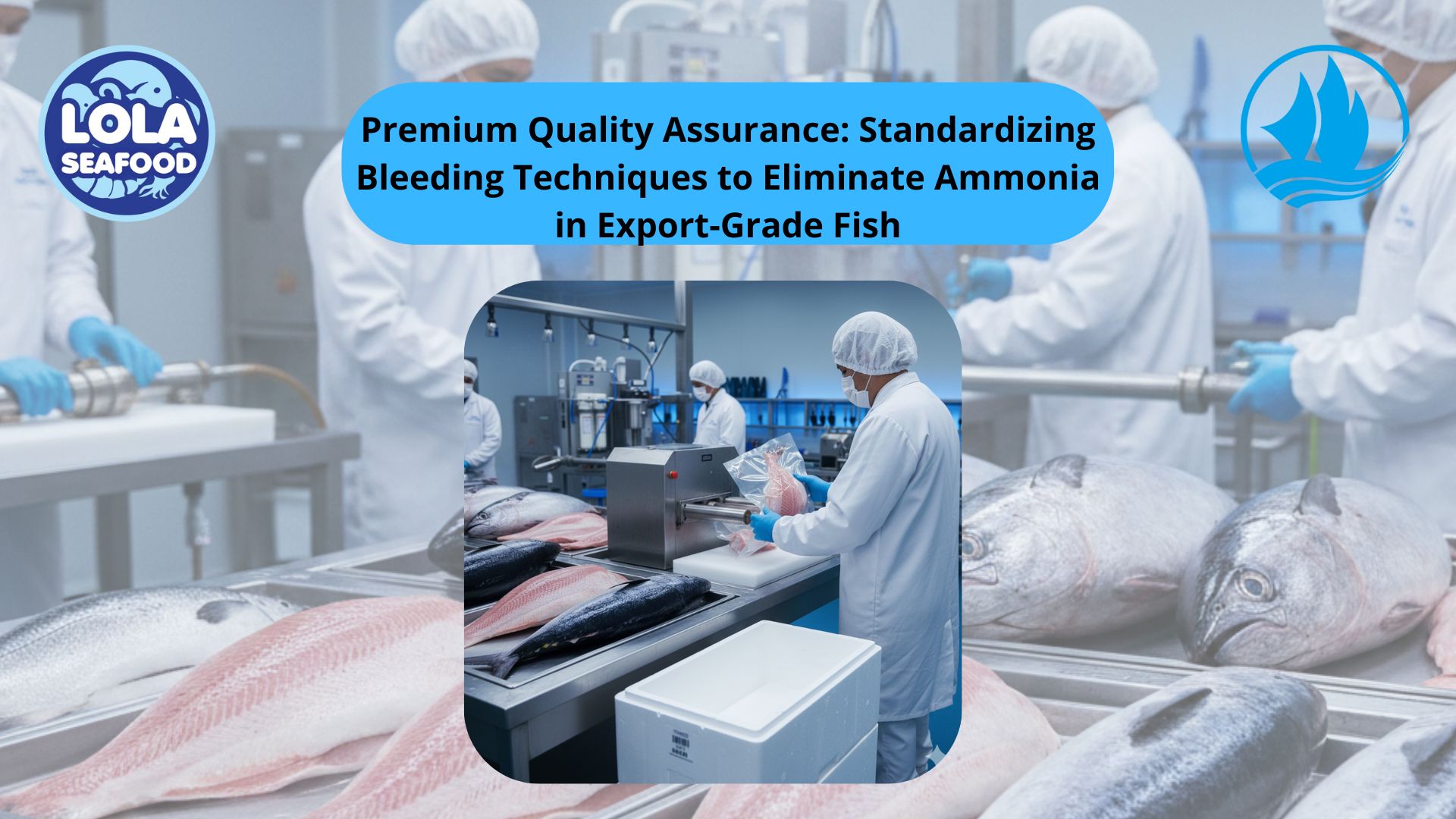
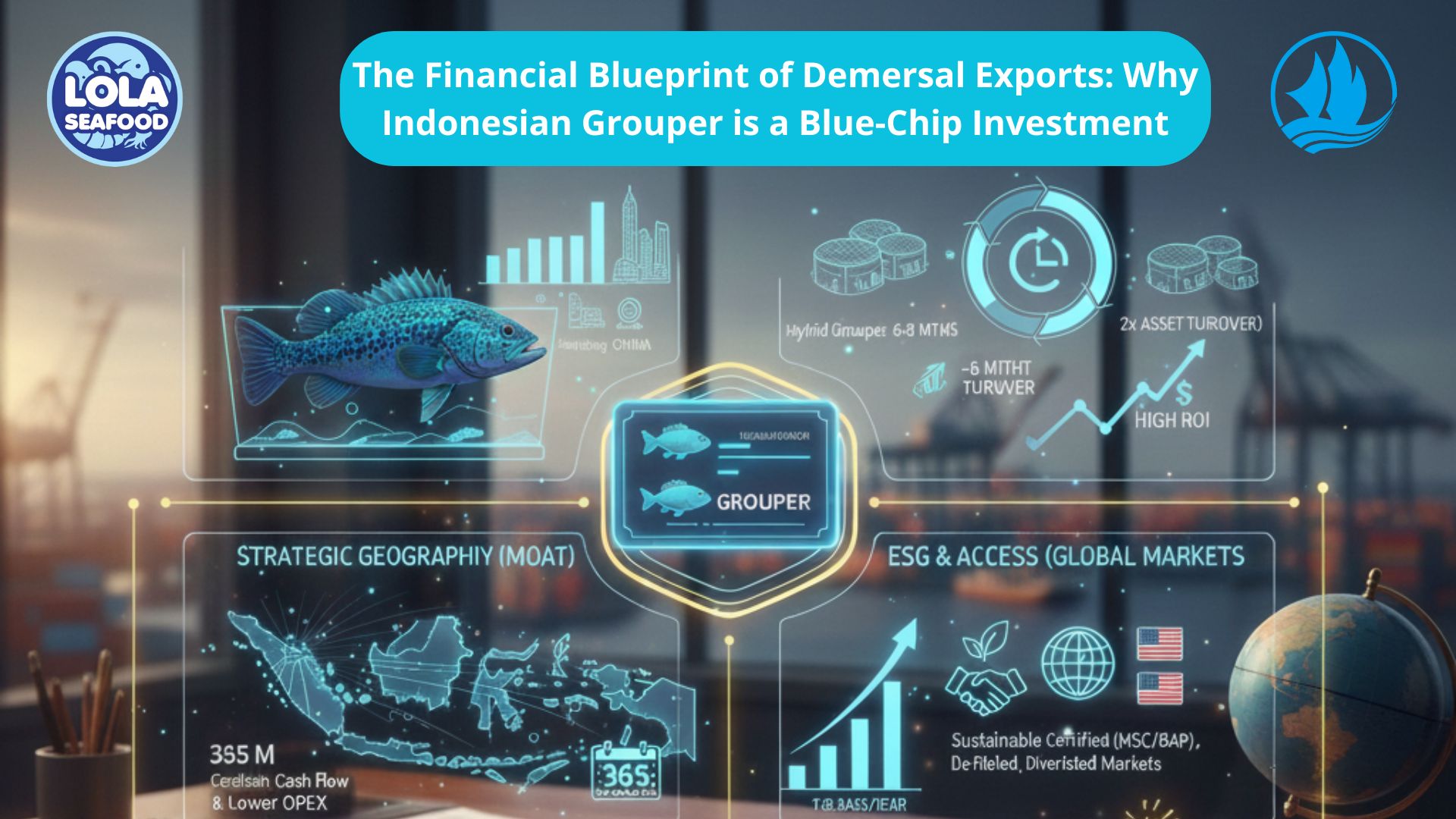
.jpg)
